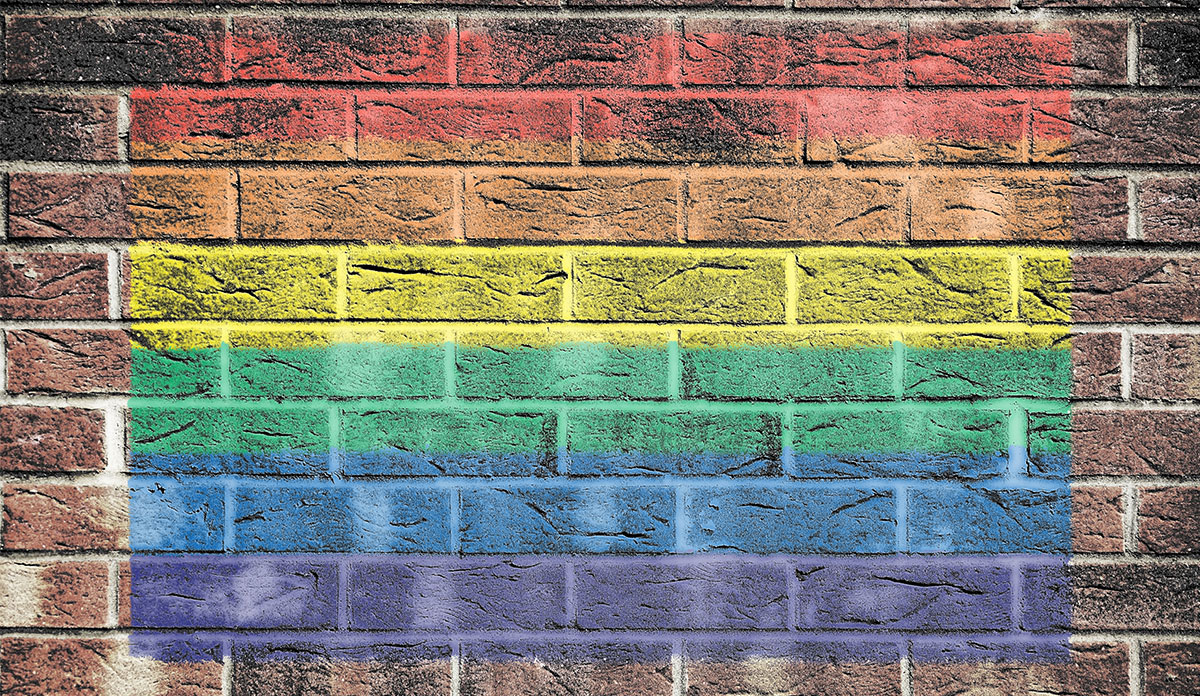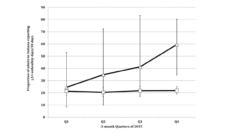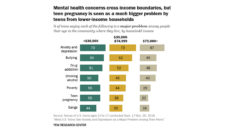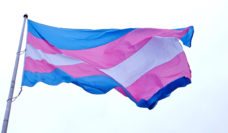Chess, Photography, Drama, Video Games, Tutoring – the list of student clubs goes on. While school clubs can be a resume-booster and source of fun, they can also be a lifeline for youth to find and build community.
Gay-Straight Alliances or Gender and Sexuality Alliances (GSAs) are student-run clubs that can provide a welcoming community for LGBTQ youth. More than 4,000 registered GSAs exist in the U.S. and span every state. LGBTQ youth often find GSAs to be safe spaces where they can freely express their identity. This is particularly important given that LGBTQ youth are more likely to experience school-based harassment and bullying compared to their cisgender and heterosexual peers.
Youth who are bullied because of their sexual orientation or gender identity are at high risk of poor mental health and academic outcomes. Bullying based on perceived sexual orientation also increases the risk of substance use.
A team led by Jack Day and Jessica Fish studied the impact of GSAs and school anti-bullying policies on LGBTQ youths’ experiences of harassment and perceived social support. They recruited ethnically diverse LGBTQ-identified 15-21 year-olds from three cities in the Northeast, Southwest, and on the West Coast.
Participants completed questionnaires which asked how many times they were bullied based on their sexual orientation or gender identity. Students also rated how often they received support from classmates and teachers. Questions included “How often my classmates treat me nicely,” and “How often my teacher(s) treats me fairly.” Finally, survey respondents reported whether or not their school had a GSA and an anti-bullying policy that specifically protected LGBTQ students.
Youth in schools with GSAs and LGBTQ anti-bullying policies experienced significantly less homophobic bullying compared to students in schools without these resources.
Youth in schools with GSAs and LGBTQ anti-bullying policies experienced significantly less homophobic bullying compared to students in schools without these resources. Students also reported more positive social interactions in schools that had these two support systems. Anti-bullying policies were associated with higher levels of teacher support, while GSAs were linked to more positive classmate interactions.
Both transgender and cisgender youth experienced similar positive effects from the presence of GSAs and anti-bullying policies. However, even with these resources in place, transgender youth were still more likely to be bullied and have less classmate support compared to their cisgender peers.
The authors highlight that, without an LGBTQ anti-bullying school policy, GSAs had no effect on homophobic bullying or perceptions of social support. Implementing formal anti-bullying policies is therefore critical to creating a more positive and supportive school environment for LGBTQ youth. Additional steps must be taken to protect trans youth, who are especially likely to have negative school experiences. Administrators need to build trans-affirming systems, which can include training teachers to intervene when harassment occurs and providing gender-neutral bathrooms and locker rooms to create safe school environments.
Photo via Getty Images














